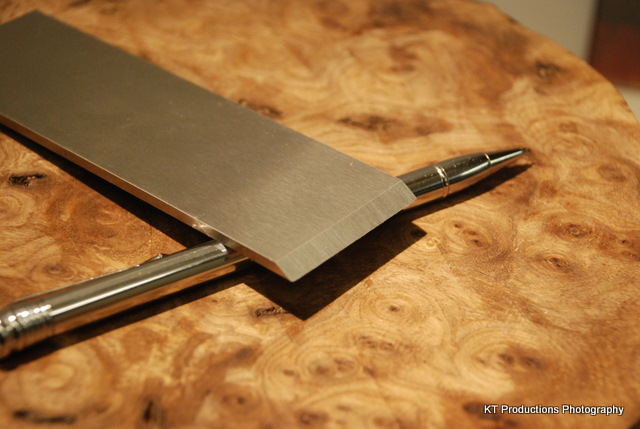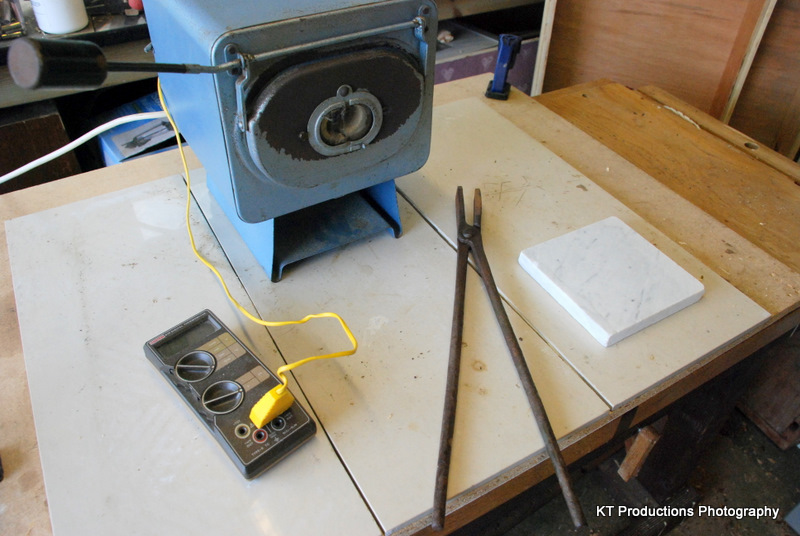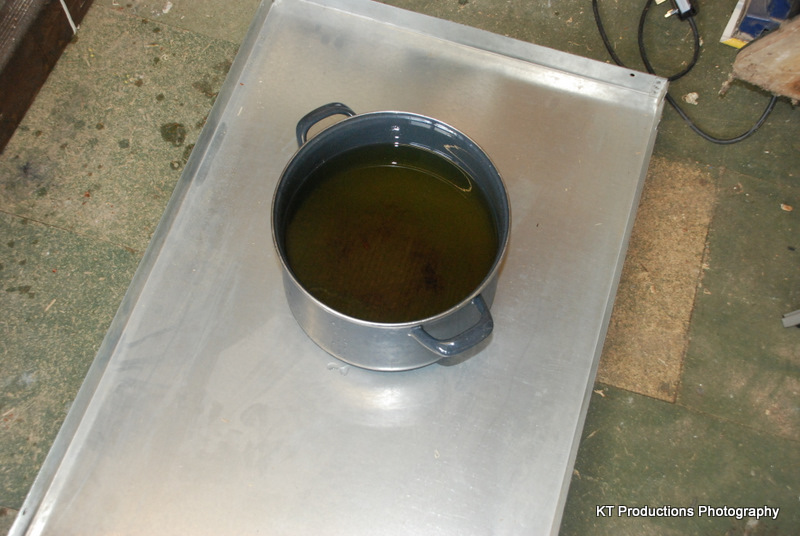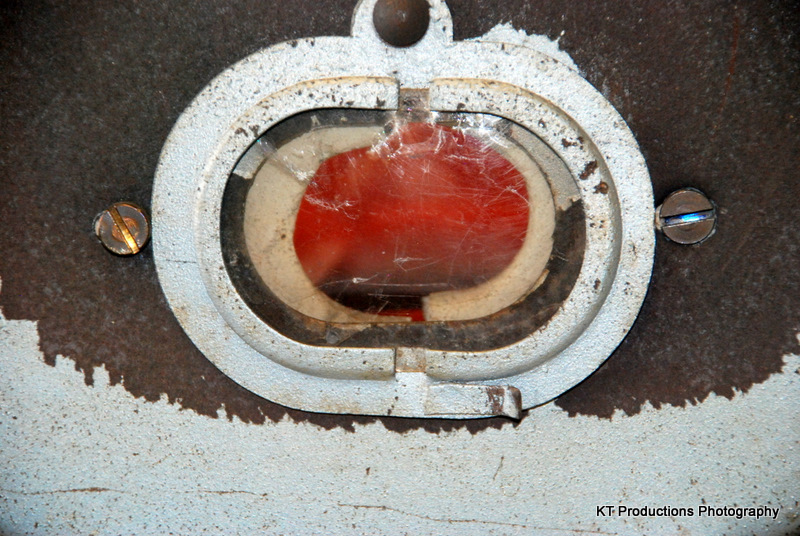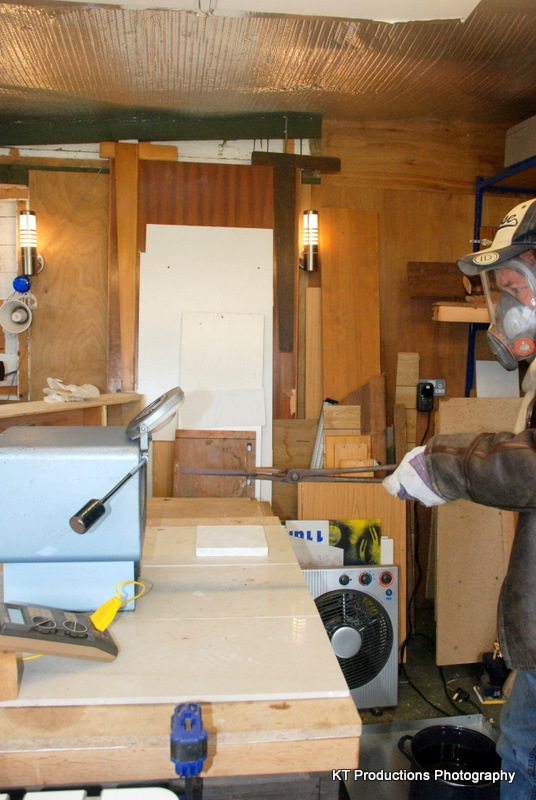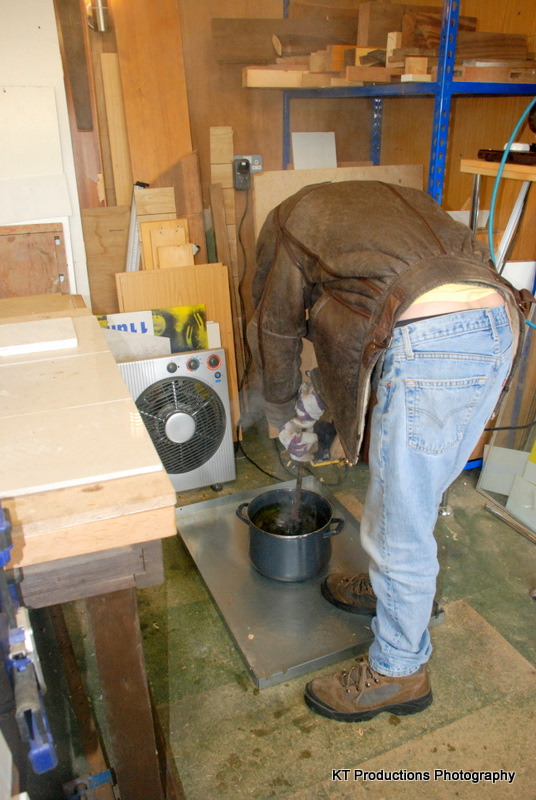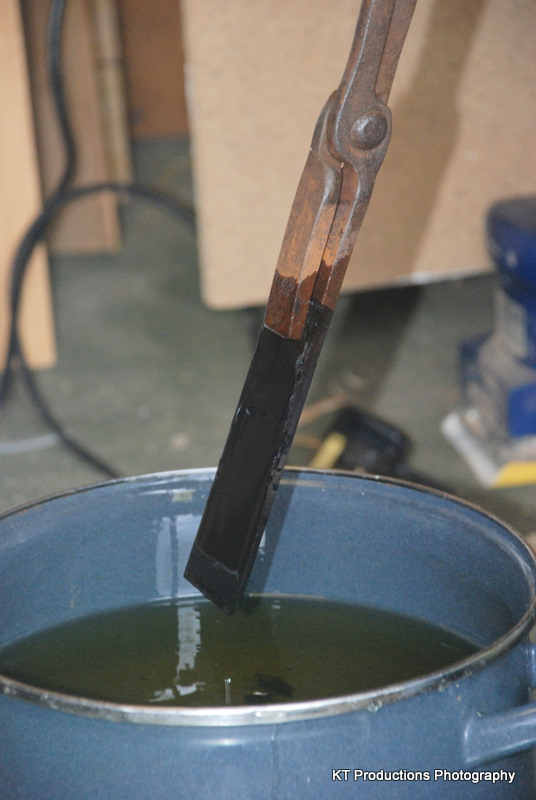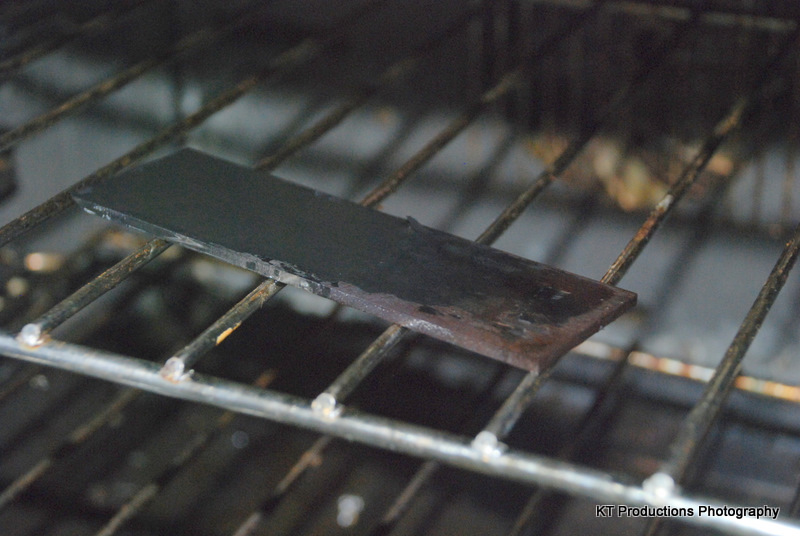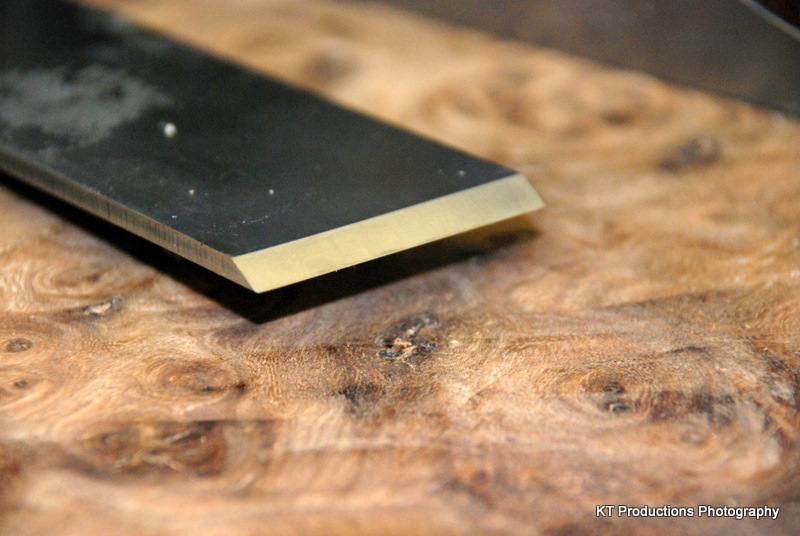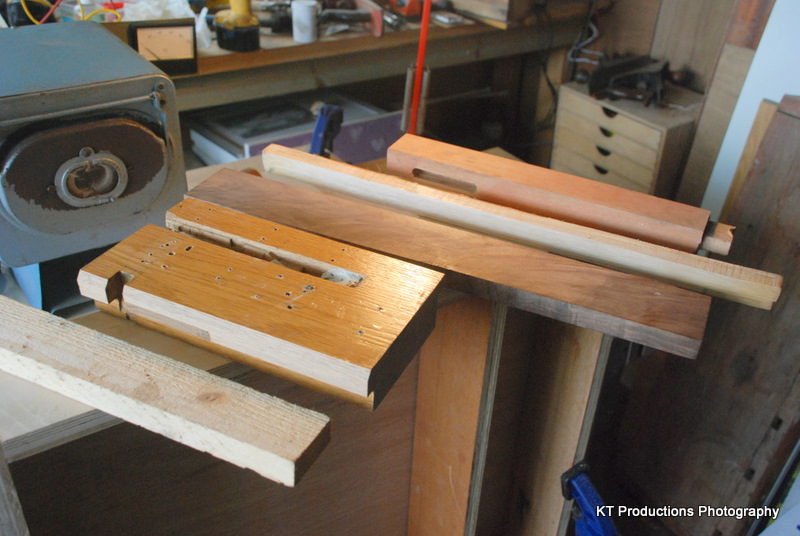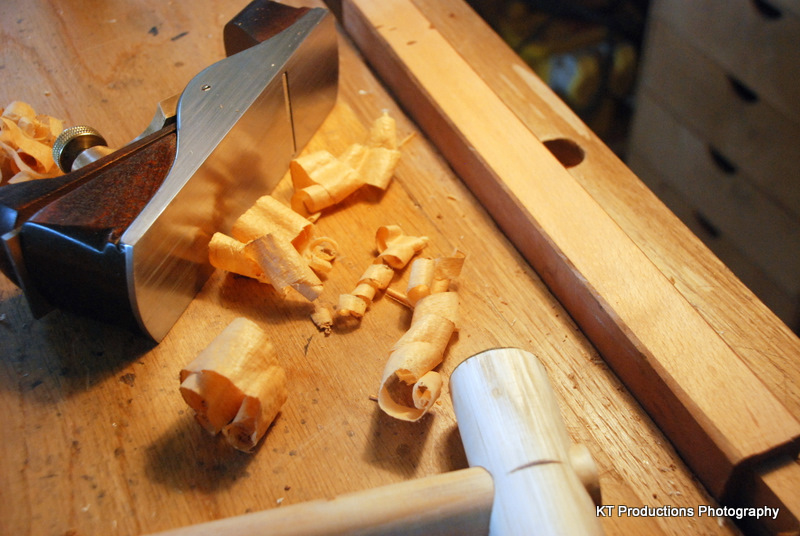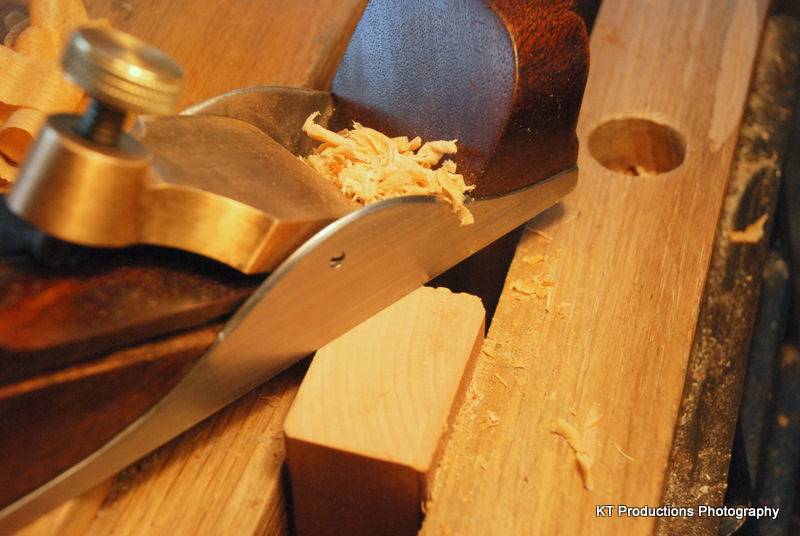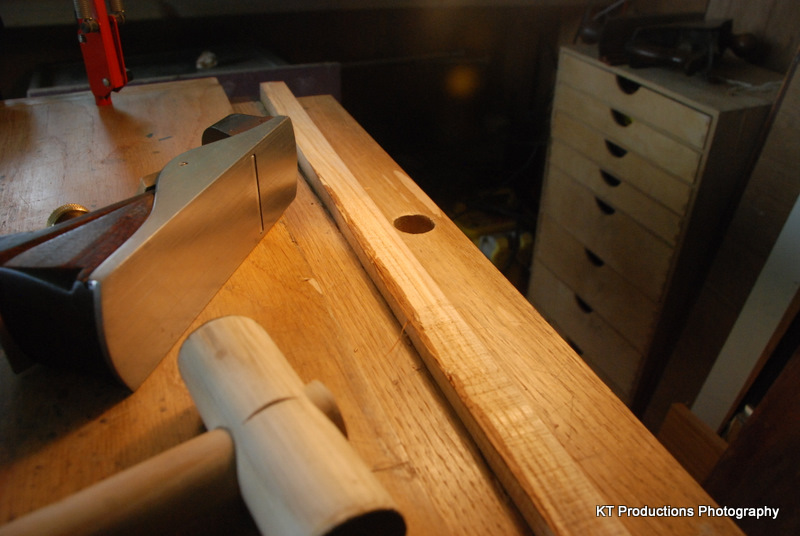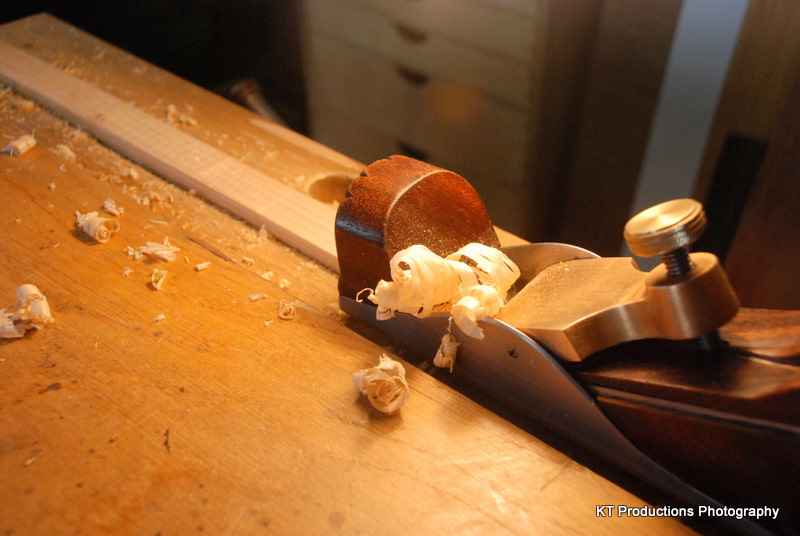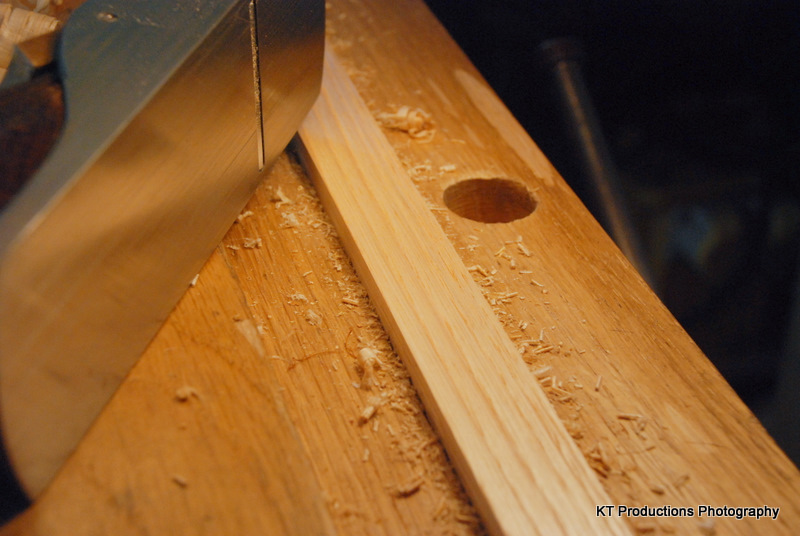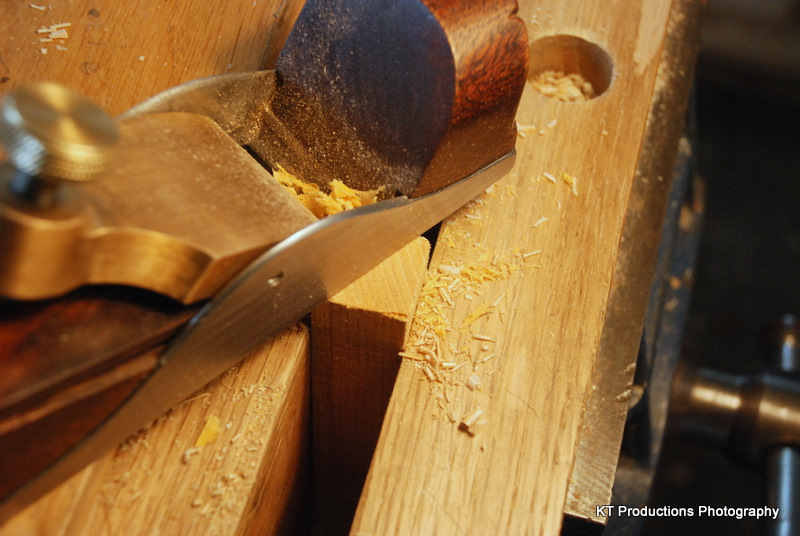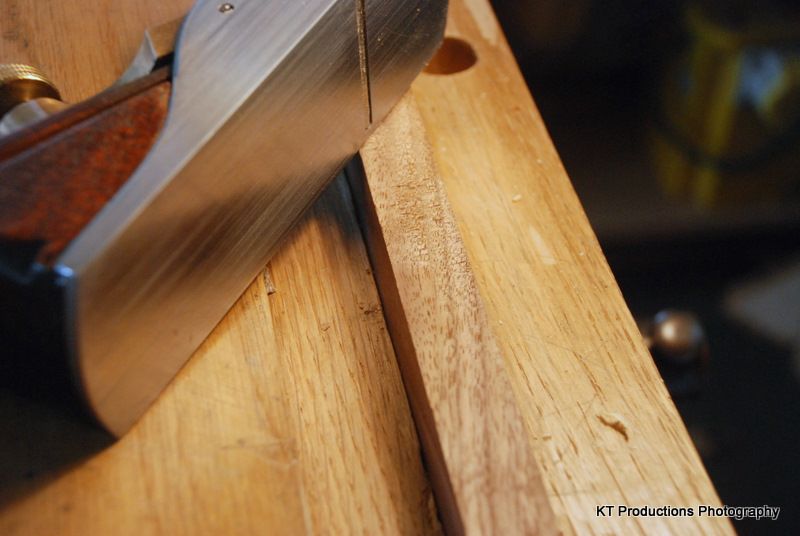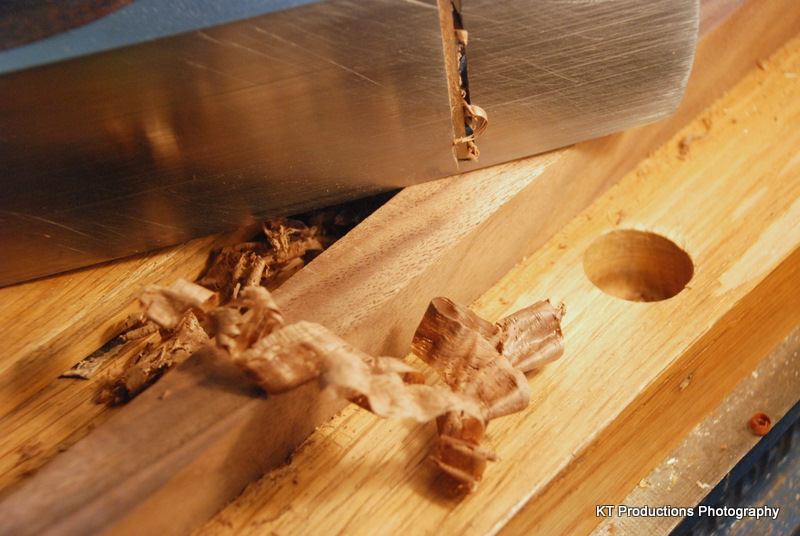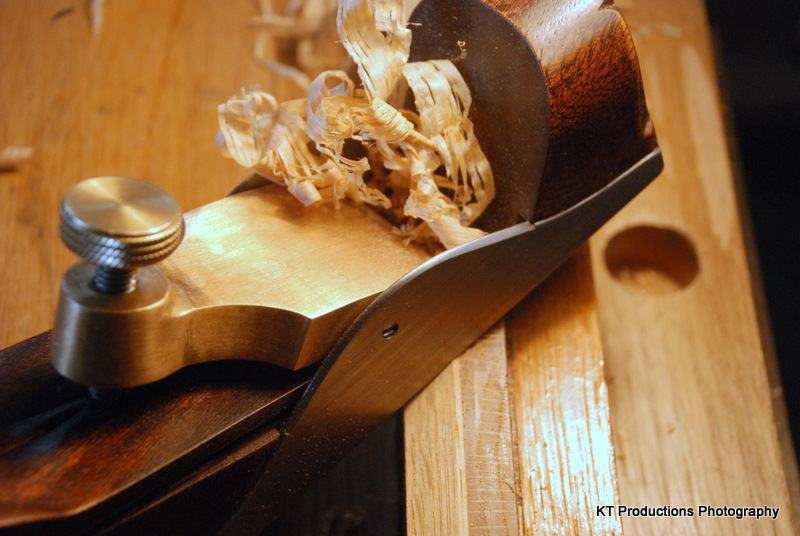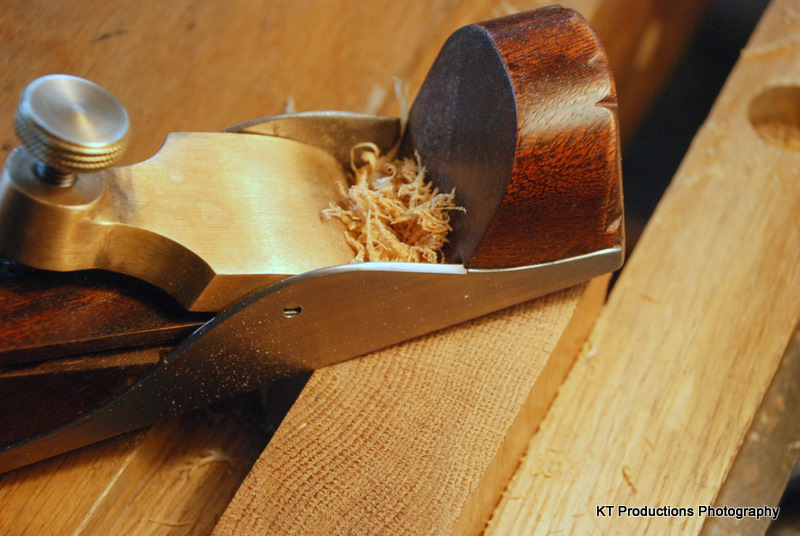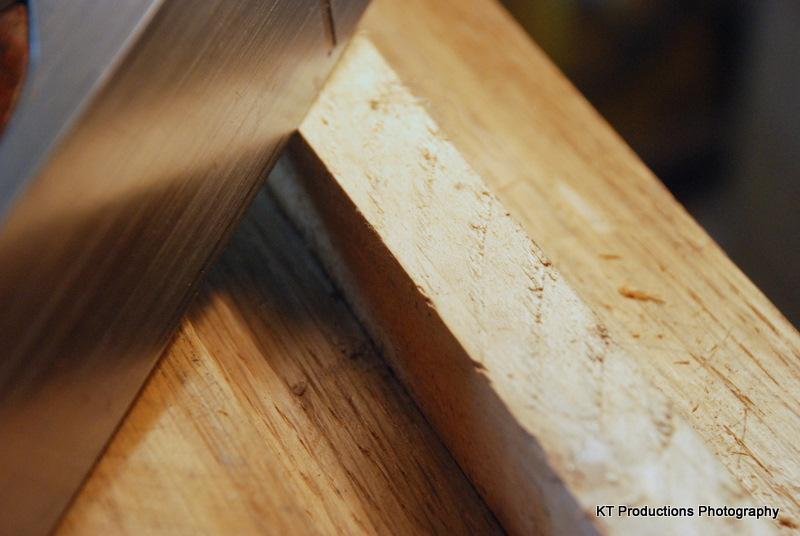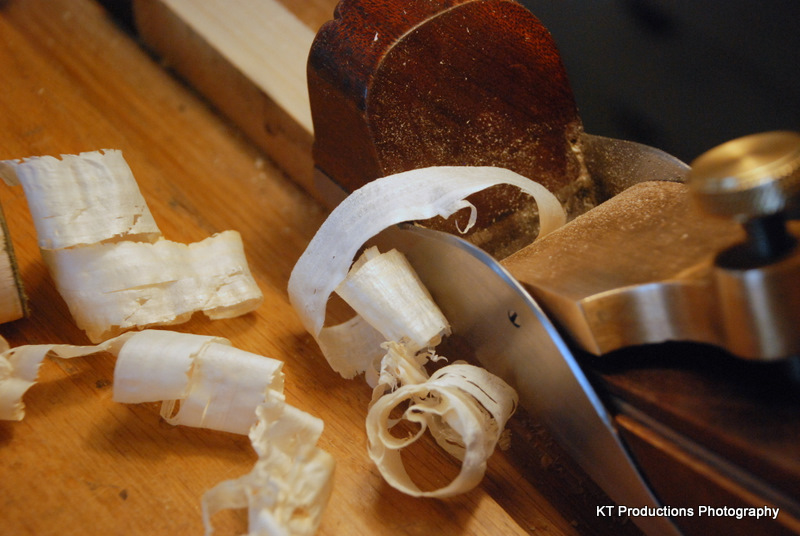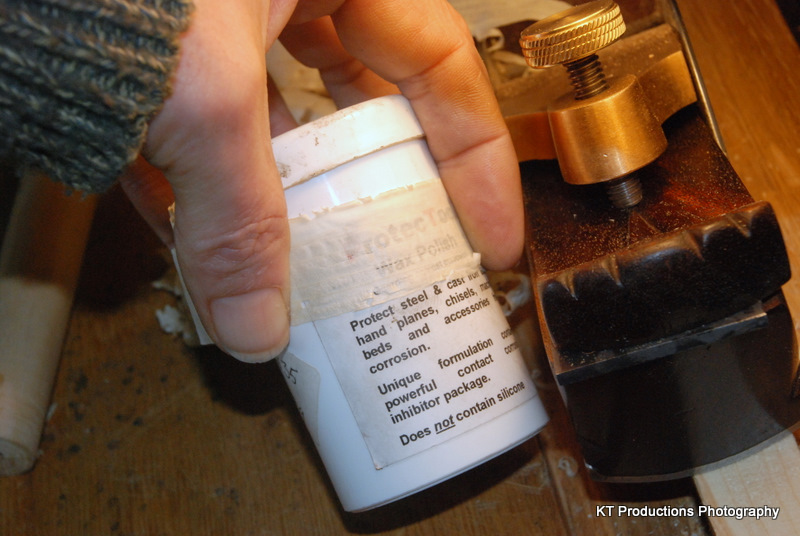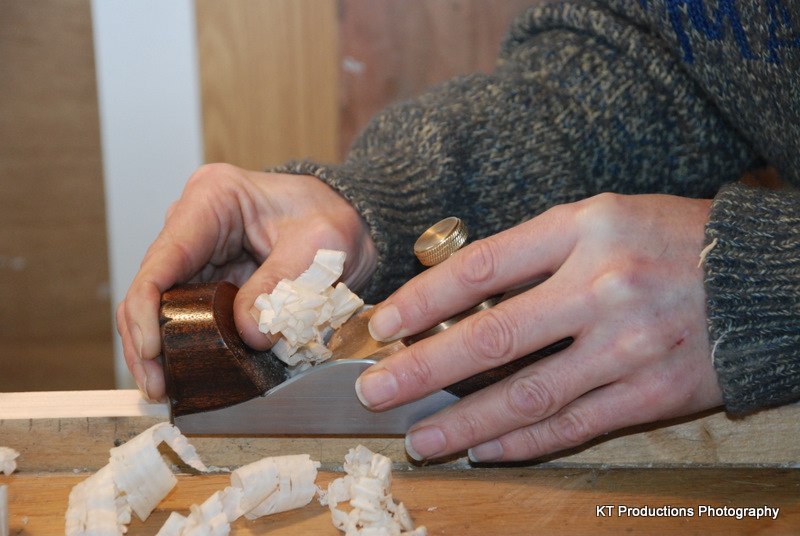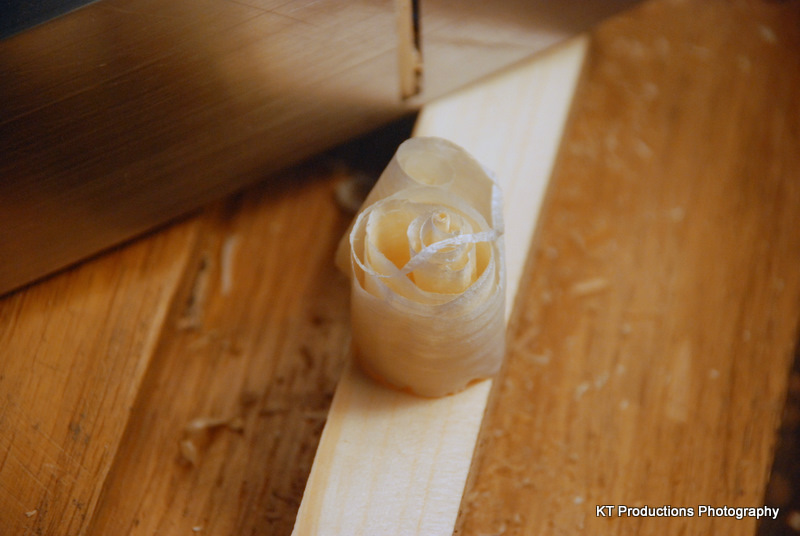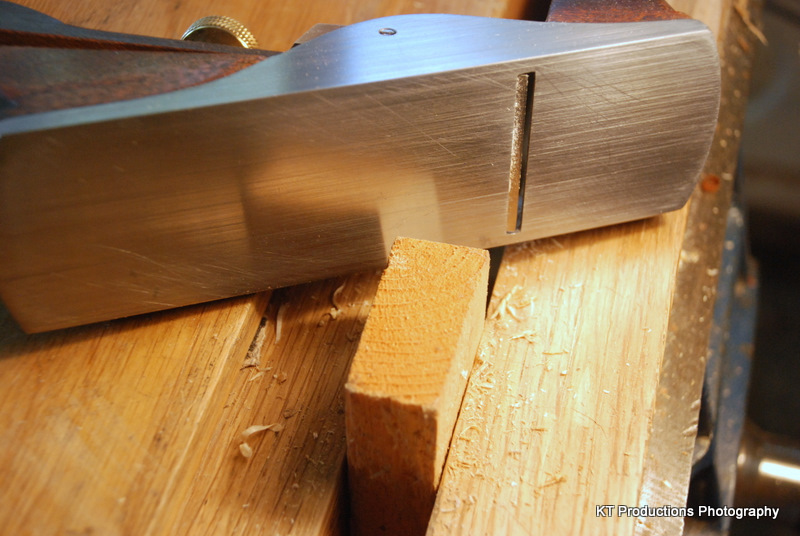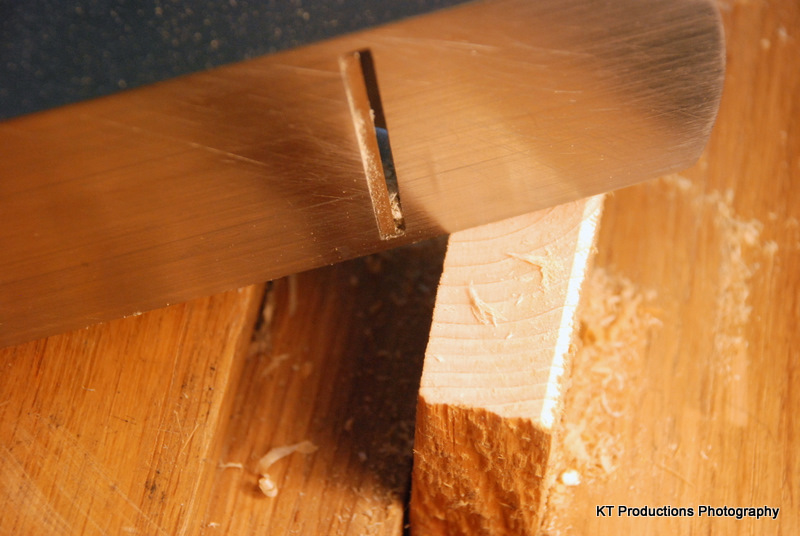Well...today was the day!
I plucked up courage and hardened the blade.
I had been waiting for a suitable pair of blacksmith's tongs....I wasn't sure how far I needed to hold a piece of steel at 800 degrees away from my hands!
I tried fleabay and just lost out on a load of blacksmith's tools for £36...quite expensive since I only really wanted the tongs. Then I tried the blacksmith in the village which I didn't even know was hidden behind the petrol station until someone told me! He gave me these for NUFFINK!:
So...to the preparation...
The kiln took about 20 minutes to bring up to temperature with the blade in from cold supported on two ceramic plates wedged in a V shape.
I used a digital thermometer I found at the bootfair...it is a Keithley one but the LCD has seen better days! Hell...I only wanted to read the temperature so that is ok!
I brought her up to 820 degrees then switched off and watched until the temperature dropped to 790 degrees and then back on. With a certain amount of hysteresis it did not drop below the critical point of 780 degrees for 15 minutes.
Six litres of vegetable oil...in a big pan...on a steel plate....waiting for the quench:
It gets BLEEDIN' hot in there!
Then suitably togged up so that Annie was laughing her head off...leather gloves...facemask...leather jacket....jeans...steel leather boots...
Out she came....
It was glowing...you just can't see it from the side....(my apprentice is still learning!)
Then straight into the oil....slid down steadily and waved about...lots of smoke but no fire! I had two foam fire extinguishers on hand just in case....
After a few more seconds it stopped smoking....
Most of the carbon came off in sheets into the oil....but it was still blackened....
I did put three pieces of charcoal in the oven with the steel....just little bits...don't know what effect that would have on the hardening since I have no control piece against which to measure it but we shall see how hard it is later...so into the oven at 250 degrees and oven switched off to cool slowly....
Back later with more once it has cooled....
I have to work at 3pm so it may be tomorrow now...
Jim




